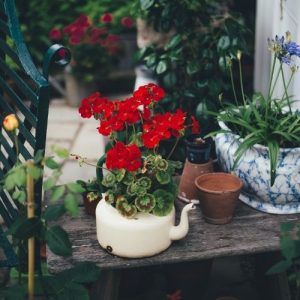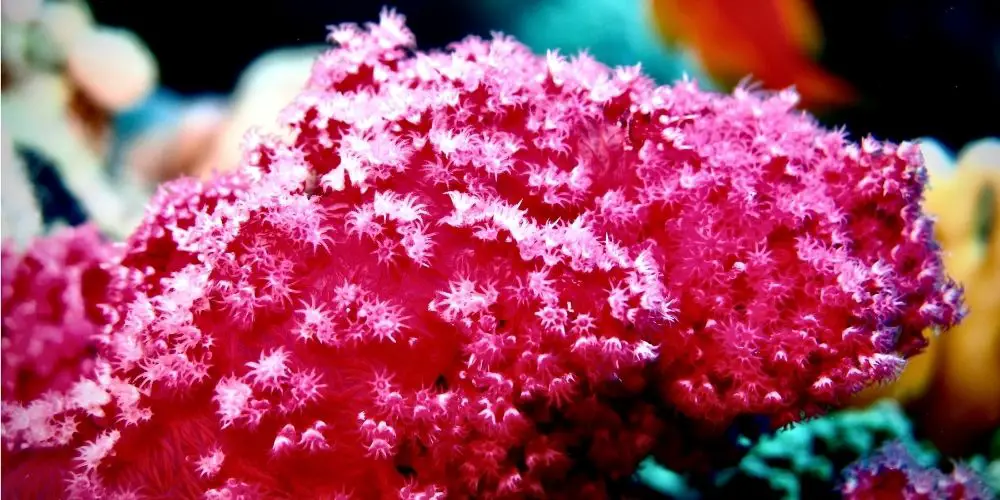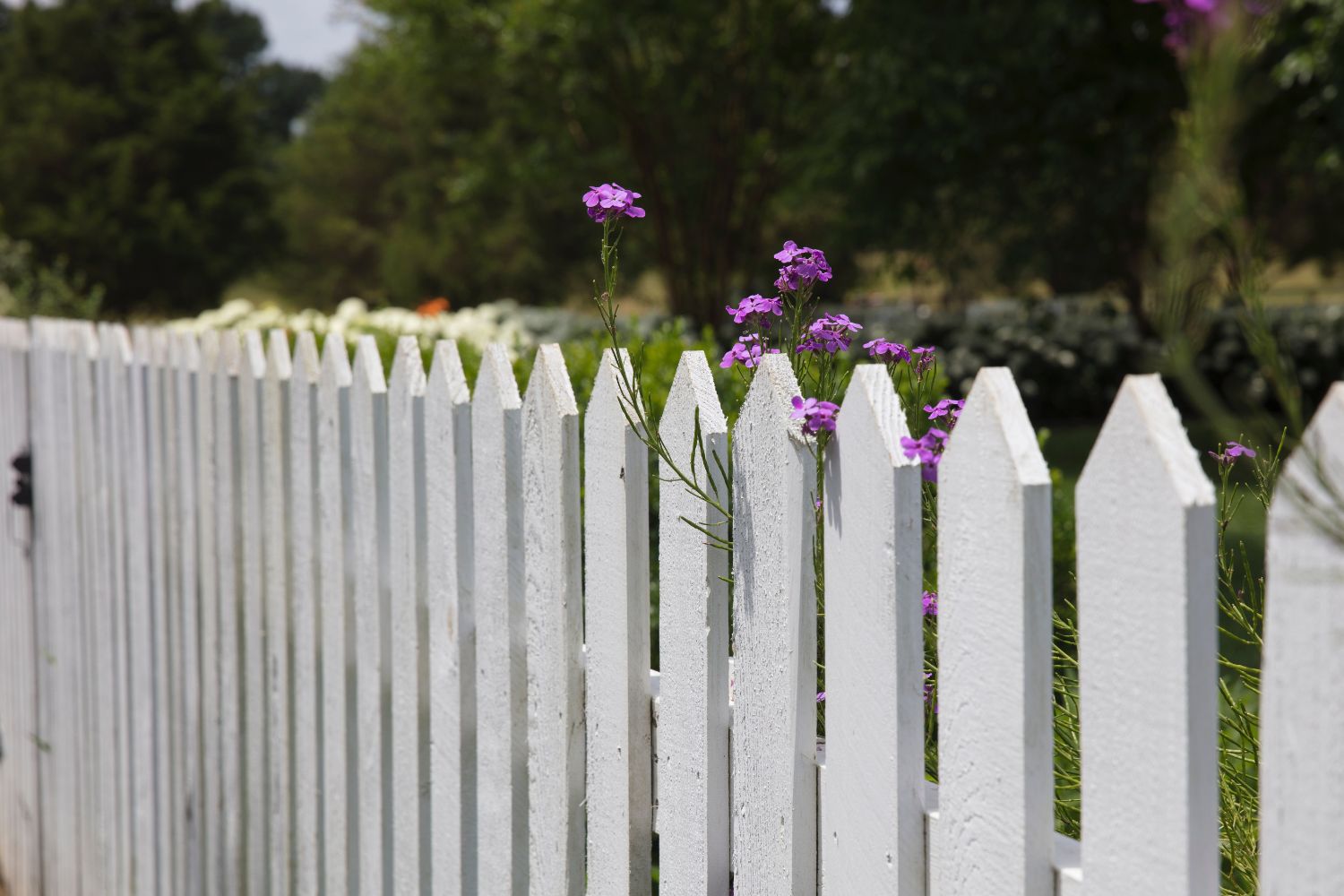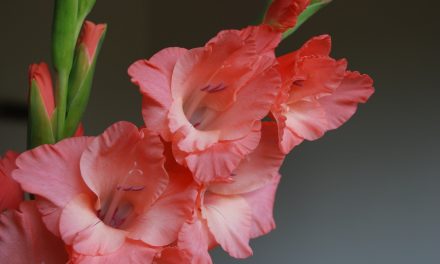When looking to start a container garden, it is important to consider what plants are being grown in the garden and how deep the pots should be. The depth of containers can be determined by factors including how much light reaches plants’ root systems and whether or not plants will need supplemental irrigation. Think about these important considerations when choosing a container garden’s depth.
Factors to determine how deep a Container garden can be
- Amount of light – Because containers are not in-ground, the amount of light hitting the plant’s root system is limited. The depth of a container should vary depending on how much sunlight reaches plants’ root systems.
- How often you will need to water- Containers dry out more quickly than field-grown crops because their roots receive less water. If it is necessary to water your container garden, choose a shallower depth (or taller containers) so more water can reach the plant’s root system.
- Type of soil – The type of soil used in containers also affects how deep they should be. A planting mix with some sand and bark added might work well for plants that need infrequent watering, but for those that need more moisture, a loamier soil would be better.
- The plants – If your container garden includes tall plants with larger root systems, make sure to choose a deeper container.
- What types of plants are you growing? – Container gardens work well for many different kinds of plants, including vegetables, herbs, flowers, and even tropicals. You can grow just about anything that will fit into the size of your container!
Possible Container Options for Depth
 When in doubt, choose a container at least 6-8 inches deep. Even if the roots don’t grow that deep because of limited light, they will still be able to stretch down into the soil and access water. Just make sure you don’t fill the container all the way to the top. Instead, leave at least an inch or two of space between the container’s lip and the top of the soil.
When in doubt, choose a container at least 6-8 inches deep. Even if the roots don’t grow that deep because of limited light, they will still be able to stretch down into the soil and access water. Just make sure you don’t fill the container all the way to the top. Instead, leave at least an inch or two of space between the container’s lip and the top of the soil.
Aeration is important to prevent root rot in container gardens because water doesn’t have room to drain away from plant roots. It’s best to avoid pots that are completely sealed on the bottom – instead, look for pots that have drainage holes. This will help plants stay healthy year-round.
Some plants prefer to be in deeper containers – it can make them more stable and reduce the need for staking, but it’s important to know what type of soil they prefer because certain types of soil are better suited to shallower or deeper container depths. This is especially important for people who have a difficult time remembering to water their containers as it will increase the chances of over-watering.
Be careful when digging deep holes for container gardens – you need to be especially careful that the hole is wide enough and that there are no underground elements such as pipes, wires, or drainage tile beneath where you intend to plant. When in doubt, call an expert or consult with your local utility locator to mark any underground elements that you should avoid planting over.
Some plants like to be planted directly into the soil bed because they do not require much water once established. Soil beds provide additional drainage and aeration, which can help improve root development. Choosing a container that is only slightly larger than the plant’s root system will also help with soil aeration.
- Should You Choose Annual or Perennial Plants?
- Top 5 things you should know about Vertical Gardening
- When Should I Plant Tulips?
What are some good types of containers that will allow for this depth?
The height and width of a container should be chosen according to the type of plant being grown in it, as well as its eventual size. For example, tulips can have very deep roots, so a narrow but tall pot would work best. Many types of flower and flower seedlings, on the other hand, may do better in a shallow pot because they don’t need water to be evenly distributed across their root systems – their roots will spread out into larger pots or into the ground over time. If you want some ideas for containers that work well for some plants, consider using:
- Pots, planters, and window boxes (great for shallow depth plants like herbs or Mediterranean climate plants)
- Buckets (great for growing vegetables in a contained space, but make sure they aren’t shallow containers if you want to grow root vegetables)
- Galvanized tubs (ideal for large container gardens that need to go in a basement or shaded area)
- Trench planters (ideal for hanging pots near windows, but not good for larger containers because they take up too much vertical space)
Should you raise containers off the ground?
No. The floor of a container garden should always be flush with the ground surrounding it. Raised pot gardens can cause problems like fungal infections of the roots, as well as excess water pooling below the soil – this makes it harder for plant roots to access oxygen and can drown them. Containers that are flush with the ground also allow you to push excess water away from your plants. You should also make sure that there is an even distribution of sunlight everywhere in the container so that all of your plants have the opportunity to grow evenly.
The depth of container gardens depends on several factors, including sunlight, water needs, and type of soil. When in doubt about how deep to make your container garden, it’s best to err on the side of caution by making it at least 6-8 inches deep. If you decide to create a shallower or deeper container garden, make sure that you know what plants need and how much water they require before deciding on your depth.





![How to Grow an Herb Garden Without Soil [Three Alternatives]](https://brilliantgardener.com/wp-content/uploads/2022/09/Sage-herbs-440x264.jpg)









